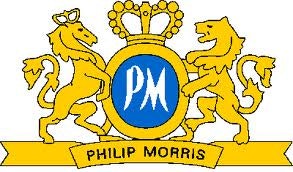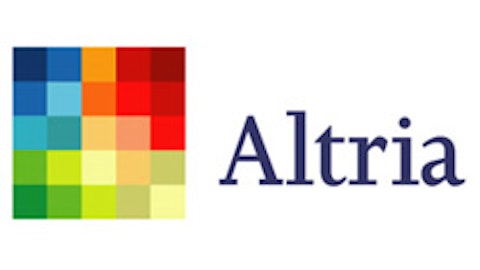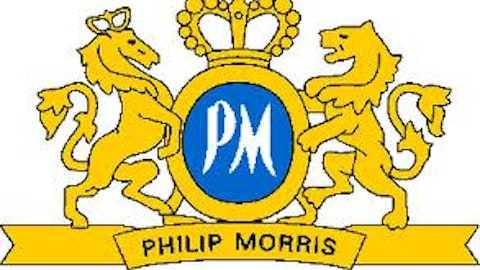 Every year, I read dozens of books on investing, finance, economics and related topics.
Every year, I read dozens of books on investing, finance, economics and related topics.
At last count, my Kindle contained well over 100 books about these subjects, and that doesn’t count the scores of paperbacks and hardbacks overflowing from my bookshelf and piled up in the corner of my office, threatening to collapse upon some hapless visitor.

I’ve even co-authored two investing books myself, one on energy and the other on emerging markets, but I digress.
The sad truth is that among all these books, less than a dozen were truly memorable. Some were entertaining to read on a long-haul flight, but memory of those titles often faded before I jumped into a taxi at my destination.
But there are a handful of books that make wading through all those forgettable titles worthwhile. These must-read titles contain truly useful information and analysis that prompt me to think about investing in a new way or develop new strategies and themes.
“Shareholder Yield: A Better Approach to Dividend Investing” by Mebane Faber is one of those must-read titles.
At 53 pages, “Shareholder Yield” is not a voluminous tome, a feature anyone with limited time will appreciate. And I can assure you that those pages are jam-packed with useful information, thought-provoking analysis and insights.
It’s clear from the start that Faber shares my enthusiasm for firms rewarding shareholders by returning capital through dividends. The first two chapters of the book cover this topic and offer some fascinating long-term research on the importance of dividends.
For example, Mebane writes (with my emphasis added):
Dividends, and their reinvestment, represent a major portion of a stock investor’s total return over time. Examination of equity returns back to 1871 in the United States dramatically illustrates this property. An investor in U.S. stocks would have realized an 8.83% compound return from 1871 -2011. However, excluding dividends and their reinvestment would have reduced the portfolio’s compound return to 4.13% a year, demonstrating that reinvested dividends represent over half of an investor’s annualized returns over the period. While most investors focus myopically on stock price gyrations, dividends have proven to be the slow but steady engine that drives returns over time.
“Shareholder Yield” explains the important changes in corporate policy toward dividends over time. In the final decades of the 19th century — the days when John D. Rockefeller enthusiastically collected his dividend checks — the average company paid out over 60% of its earnings to shareholders in the form of dividends. However, by the 2000s that figure had declined to less than 40%.
But while Mebane’s research on the importance of dividends is fascinating, that’s not the most compelling insight of the book. Dividends aren’t the whole story…
Beyond Dividend Yield
There are other ways to reward shareholders than paying out dividends.
For example, buying back stock boosts a company’s earnings per share (EPS) by shrinking the base of outstanding shares. Over the long haul, rising EPS will tend to push up the price of a stock, generating capital gains for shareholders.
In other words, if a company earns $100 million and has 100 million shares outstanding, that firm’s earnings per share would be $1. But if that same firm repurchases 20 million shares and earns the exact same $100 million, EPS would soar 25% to $1.25 per share. That means with no increase in total profits, the firm generates growth in EPS and boosts the value of the remaining outstanding shares.
That’s one reason I favor companies with a history of paying dividends and buying back stock for my High-Yield PRO portfolio. Philip Morris International Inc. (NYSE:PM), one of the fastest-moving picks currently in my portfolio, shrunk its share count by around 350 million between 2008 and 2012, buying back 17% of its shares. That gave the stock a big push, with EPS growing 55% — not to mention 109% in stock gains, with dividends — over the five-year period.
Just look how these two picks have done versus the S&P 500 over the past two years:

Not surprisingly, “Shareholder Yield” presents conclusive evidence showing companies that choose to repurchase shares significantly outperform the broader market. A study of the top quarter of stocks in the S&P 500 ranked by buyback yield — the value of net shares repurchased divided by market capitalization — between 1982 and 2011 shows that the high-buyback firms generated annualized gains of 13.19% compared with 10.96% for the S&P 500. By contrast, stocks with the lowest buyback yield significantly underperformed the index, generating annualized gains of just 9.62% over the same holding period.
A few annual percentage points may not seem that much of a difference at first glance, but a $10,000 investment in high-buyback firms would have turned into $450,200 over the 29-year study period — giving you about $290,100 more in return than what a $10,000 investment in stocks with low buyback yields would have given you.
Action to Take –> Put simply, companies that pay healthy dividends are important, but the ones that aggressively buy back their own shares can make a big difference in your overall gains over time.
A Gift For Readers — If you’re looking to invest in companies with strong dividend and buyback programs, the two stocks I mentioned above are a great place to start. In addition to those, I’d like to give you three more of my favorite high-yield picks in this brief special report I just put together. These three high-quality stocks not only sport yields of 5.6%, 9% and 10%, they also contain a wealth-building trait that’s helped them grow 135% over the last 5 years. To get the names and ticker symbols of these stocks right now, click here.
– Elliott Gue

